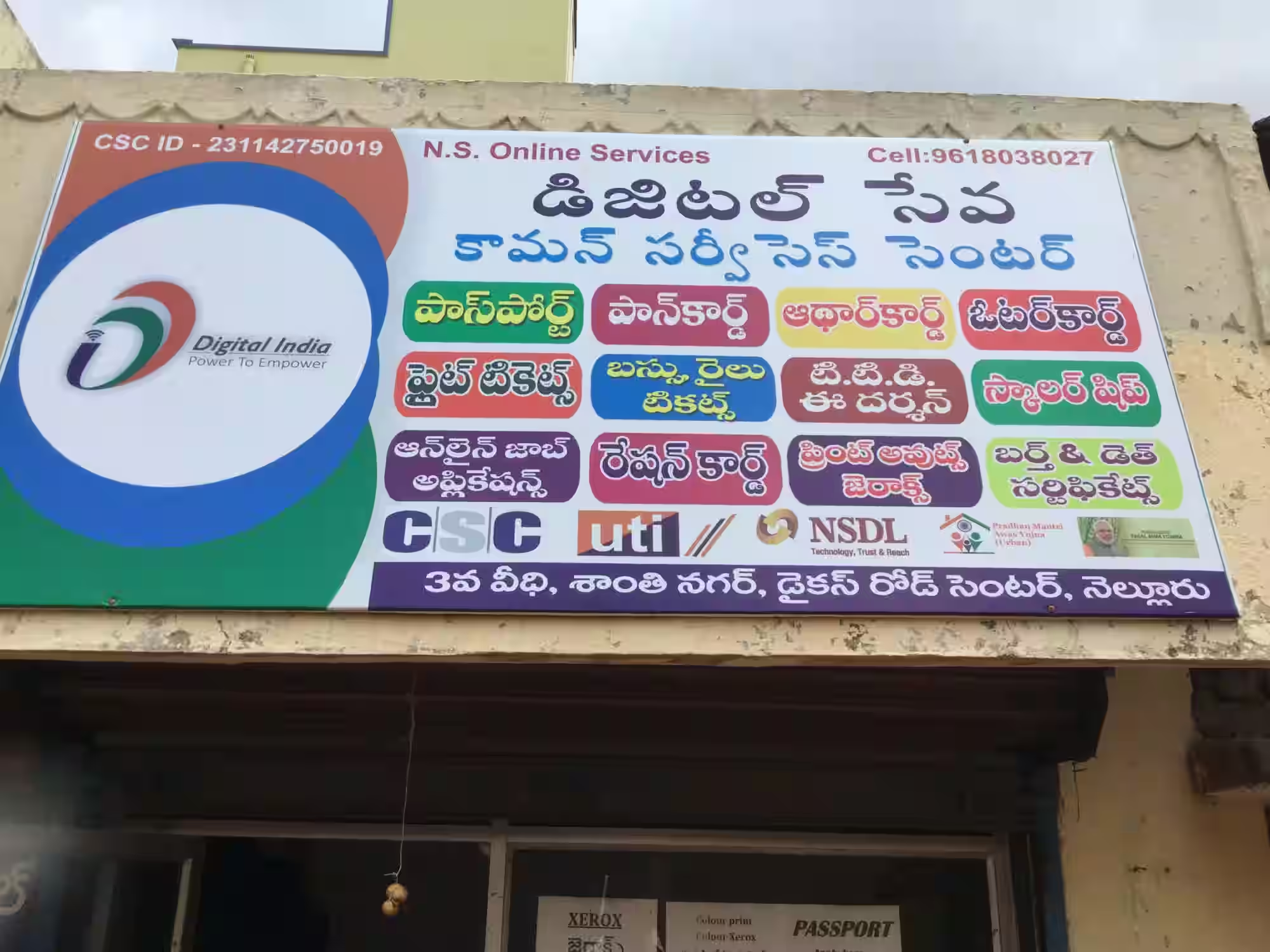In a bold step toward digital inclusion, the Indian government has launched a pioneering initiative to bring digital transformation directly to rural areas. The Ministry of Electronics and Information Technology (MeitY) announced the rollout of 4,740 Digital India Common Service Centers (DICSCs) across key regions in India, starting with the districts of Pilibhit and Gorakhpur in Uttar Pradesh. This ambitious project seeks to integrate rural India into the broader digital economy by offering critical e-governance, financial, educational, and telemedicine services to villagers, many of whom have historically been left on the periphery of technological advancements.
Reaching Every Gram Panchayat with Digital Access
The DICSC project will establish one model center in almost every gram panchayat across 10 key districts, allowing for seamless digital access to essential services in these regions. Pilibhit, known for its agricultural heritage, will see 720 new centers, while Gorakhpur will host 1,273, making Uttar Pradesh a focal point of the initial rollout. Other locations set to benefit include Chhatrapati Sambhajinagar in Maharashtra with 870 centers, Chamba in Himachal Pradesh with 309, Khammam in Telangana with 589, Gandhinagar in Gujarat with 288, Mamit in Mizoram with 100, Jodhpur in Rajasthan with 415, Leh in Ladakh with 95, and Puducherry with 81 centers.
This extensive network aims to narrow the digital divide that exists between urban and rural populations, ensuring rural citizens receive the same quality of digital services available in cities. Each DICSC will be fully equipped with high-speed internet and essential infrastructure, transforming them into multipurpose hubs that connect villagers to the latest in e-governance and economic opportunities.
Driving Economic Growth Through Digital Access
Beyond mere connectivity, the centers aim to become the backbone of local economies. Each center will empower Village Level Entrepreneurs (VLEs) by providing the infrastructure and training needed to offer a wide range of services. These VLEs will drive job creation, economic growth, and digital literacy, fostering an environment where local businesses can thrive. Services at the centers include Aadhaar registration, banking and financial planning, legal aid through tele-law, healthcare access via telemedicine, educational resources, and even e-commerce support, enabling local businesses to tap into broader markets.
In Pilibhit, for example, CSCs will serve as critical touchpoints for various government schemes, supporting not only economic growth but also social development by integrating digital services into everyday life.
Innovations in Service Delivery: GPS-Enabled Mobile Vans
Taking services a step further, the government plans to deploy GPS-enabled mobile vans that will bring essential services directly to remote and underserved areas. These mobile centers will not only raise awareness of government initiatives but also bring critical services closer to citizens who may live far from physical DICSC locations. This innovative approach is expected to increase the reach of digital services and ensure that no village is left behind.
A Six-Month Pilot with National Impact
The project, with an initial budget of ₹31.6 crore, is set to run as a six-month pilot with the possibility of an extension based on its success. By setting up these centers, the government intends to create an integrated platform where rural citizens can access essential services in a transparent, efficient, and sustainable manner. Each DICSC will also be centrally monitored by CSC e-Governance Services India Limited, ensuring high standards of service delivery and effective management.
A Path to Inclusive Growth
This initiative promises to transform rural economies by addressing the digital divide and increasing digital literacy, financial inclusion, and access to essential services. As high-speed internet becomes available in rural villages, the DICSCs are expected to stimulate a digital ecosystem that will uplift not just individuals, but entire communities. This project is more than just an infrastructure push; it represents an investment in the future of rural India, building a foundation for inclusive growth and integrating these areas into the nation’s digital narrative.
By starting with Pilibhit and Gorakhpur, the DICSC project offers a model that could potentially be expanded nationwide, allowing India’s rural population to access the tools and opportunities needed to thrive in an increasingly digital world.






